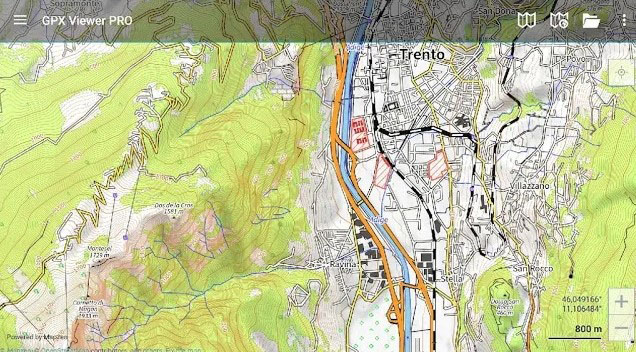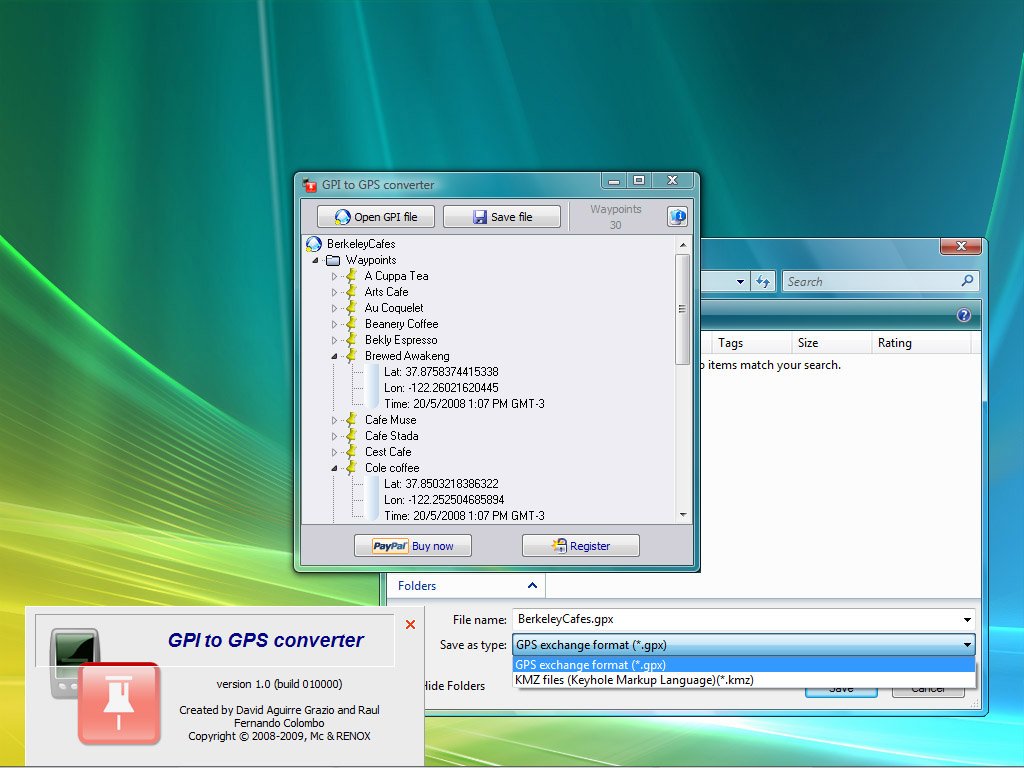

3d gpx viewer software#
Nobeltec ONF (TXT files): this format is used to import marks, lines, boundaries, routes and tracks from the legacy software Nobeltec VNS & Nobeltec Admiral. Marks, Boundaries (lines / areas), and Tracks are supported.įuruno NavNet 3D (CSV files): this format is used to import Routes and Waypoints from Furuno NavNet3D Multi Function Display. Google Map (KML & KMZ files): this format is primary used to exchange data with Google Earth. Note that when importing GPX file from third party application, custom icon and color will be lost. It is primary used to exchanged Marks, but you can also import tracks and boundaries. GPS Exchange (GPX files): this "open source" format is often used by third party software or converter. Legacy TimeZero User Data (TZD files): this format is used to exchange data with older version of TimeZero software.
3d gpx viewer full#
This format guaranties the full integrity of the data (it supports Routes, Marks, layers, Tracks & Objects). TimeZero Exchange (TZX files): this format is used to exchange all type of user objects (including tracks) in between TimeZero users. Note: Imported data is merged with your existing data Data: Select "Import/Export" from the menu to import data from the following format: In other words, after importing an old collection, you may see your user objects revert to the previous state automatically when connected to the Internet. Importing an old collection (an old "state" of the user object database) will be overwritten as soon as you connect to the TZ Cloud or to another TimeZero device that may have a newer "state" of the same user objects database. IMPORTANT - SYNCHRONIZATION: Note that if you are using the local synchronization or the TZ Cloud synchronization (to backup data), you should not use collections. If you want to exchange data with another user (and merge the data) you have to use the TZX format from the "Import/Export" Wizard (see below). IMPORTANT - MERGING DATA: When importing a collection, your current data will be overwritten with the data contained in the Collection. The settings are not saved into the collection, however, it is possible to save the user settings by using Save the User Interface from the menu. You will have to re-install the charts if you want to transfer your data to another PC. Note that the charts or settings are not backed up inside a collection. To restore all your data, select "Open Collection" from the menu. To backup all your data, select "Backup Collection" from the menu. ), 3D data and layers configuration in one file. A collection conveniently groups all objects ( routes, marks, objects, tracks. When you want to backup your data or when you want to "clone" your data on another computer, it is recommended to use the "Collection".

We don’t strictly need to use this function to get the coordinates, because getRelationToCanvasPoint returns these as well, but this is sort of a double check.Import & Export Data Backing-up and Restoring Data: When we know the total distance to the point on the track we can get the coordinates of this point by the getPathPoint method. We multiply this value by line segment length (obtained by getPathLengthToElement method) and add that value to the total path length to the segment (also obtained by getPathLengthToElement). This information contains the distance property which has values from 0 (line segment start) to 1 (line segment end). To get a precise location and distance of the cursor on the track we use the getRelationToCanvasPoint method, which returns information where the cursor is located on the line segment. Note that the style layer of the feature needs to have the property ‘advanced-hit’ = true for this to work. The function onFeatureHover is called with an event parameter that contains - among others - a property named ‘element’ which is the index of the line segment we are hovering over. What is next? We have to figure out over which part of the track is the cursor hovering. Now we have the callback function onFeatureHover which is called when the cursor hovers over the track. When the cursor leaves the map we pass ‘false’ to stop generating hover events. We need to generate hover events even when the cursor is not moving, which is what the parameter does when its value is ‘true’. You are probably wondering about the third parameter in the ‘hover’ method. on ( 'mousemove', onMouseMove ) mapElement.


 0 kommentar(er)
0 kommentar(er)
